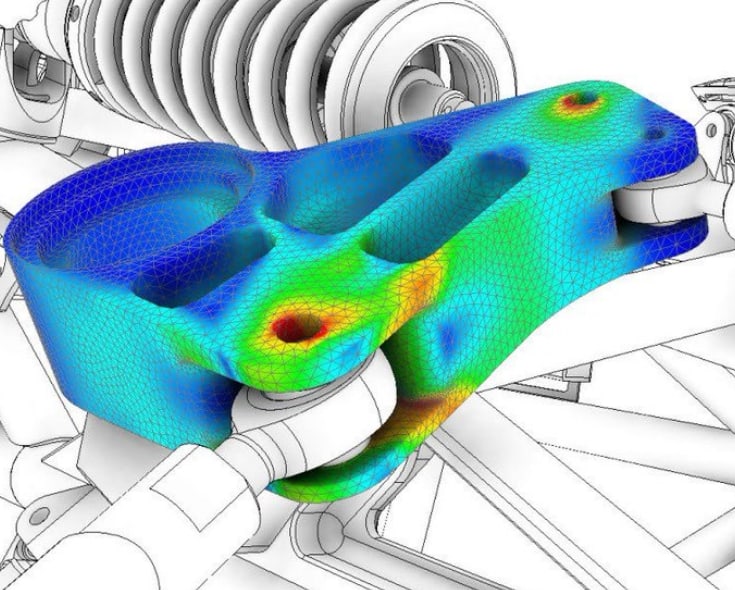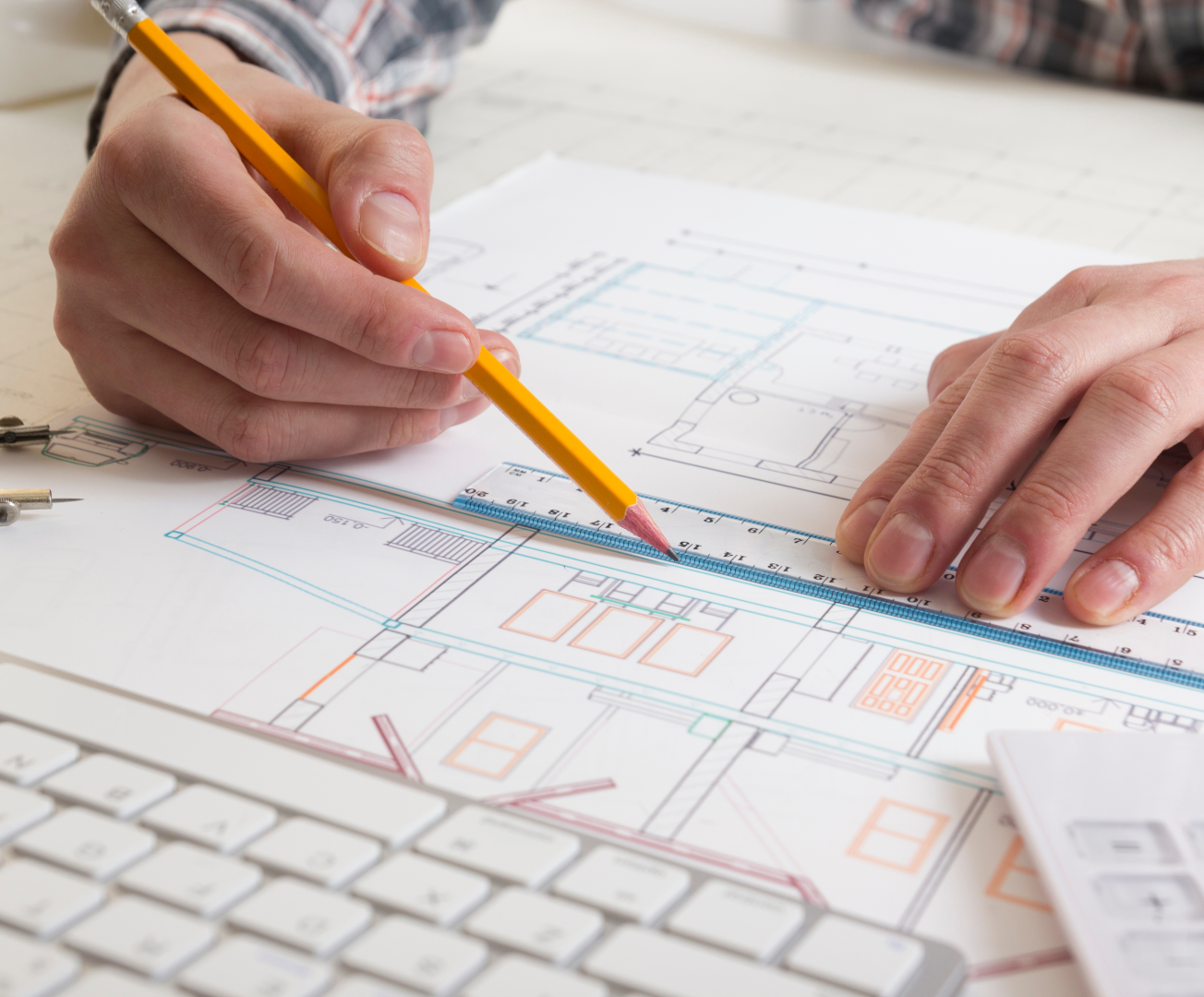Data Center Design Is There a Better Way?
There’s no doubt about it—data centers are a hot topic right now. Data centers are the engines that drive the digital world. And as the world’s dependence on data grows, it’s no wonder that these facilities are becoming increasingly complex.
To meet future needs and keep up with current demand, data centers must take full advantage of available space while efficiently using power. They must protect hardware and data from fire, natural disasters, EMP, remote attacks, and on-site incursions. These demands require a new agile approach to match cooling supply to demand while ensuring reliable performance rapidly.
Server room cooling design plays a key role in meeting these challenges. The goal is to design an HVAC system that can handle sudden events like unexpected spikes in cooling load or power draw without affecting operations or needing manual intervention or adjustments during normal operations.
Computational Fluid Dynamics (CFD) Simulation Leads To Data Center Cooling Solutions
Getting the cooling load right is important for data center infrastructures. A poorly designed data center costs companies millions of dollars a year in unnecessary power consumption and hardware failures.
CFD Simulation during design reduces risk and shortens the time to market. It ensures that the data center cooling system meets minimum energy efficiency and specifications requirements. Ensuring that the cooling matches the compute infrastructure to cut power usage and operating costs.
Simulation leads to reduced power consumption and lower operating costs:
- A simulation optimizes rack layouts by placing heat sources like servers in cooler areas. As a result, reducing the need for fans to prevent overheating components. This prevents early failure or computing power loss.
- CFD can improve efficiency and reduce energy use by modeling different HVAC configurations, room layouts, and control algorithms.
- Many factors are considered while determining cooling options and layout, including the total cost (installation, maintenance, and operational), fire safety risks, and potential cooling. This approach leads to a low-cost and low-risk design.
And best of all? You will cut down on power consumption and operating costs by matching the cooling design to the design of the compute infrastructure. Resulting in no overheating hotspots or wasted money spent on cooling fans when they’re not needed!
Risk Mitigation With Strategic Computational Fluid Dynamics Analysis
Keeping servers and other network equipment cool is crucial to efficient data centers. To do this, facilities with high-density heat loads must have sufficient cooling airflow.
If the cooling air supply to the equipment is interrupted, overheating and fires can occur. Airflow can be modeled with Computational Fluid Dynamics to ensure servers won’t overheat and catch fire. Designers use CFD to optimize cooling airflow for existing data centers and plan for future expansion.
An airflow CFD simulation examines and predicts airflow movement with a computer model to predict the design risk and identify potential problems with equipment configuration, including:
- Perforated Raised Floor / Ceiling Tiles
- Contain Hot and Cold Aisles
- Diverse Heat Load Distribution On Each Server
- Underfloor / Overhead Plenum
To minimize risks related to the operation, we must model potential configurations for use in the data center cooling design. Basic types of models include the following:
- Steady-State modeling models fluid (air) movement in a defined space independent of time. It does not consider how those conditions might change over time.
- Transient flow analysis models fluid movement in a defined space over time. Transient flow analysis is performed when:
- Examining different HVAC configurations and control algorithms by looking at their effects on the building over time
- Quantifying the performance of products with moving or variable geometry and products with rotating parts.
- Visualization of transient flow features for improved understanding.
- Simulations of the temperature distribution variation and hot spot peak temperatures in systems with time-varying thermal loading conditions. For example, heaters operate in failure modes.
- Configurations – Designing data center cooling systems is a complex task that requires careful consideration of many factors. Server configuration, location of supply air, return, and exhaust air are important factors in the design of the data center.
Explore the data hall to find its high-powered servers and measure the areas where cool air is supplied. CFD technology empowers engineers and designers to optimize and validate innovative ways to bring cold air directly to racks or distribute cold air evenly throughout the data center.
What happens when the cooling air doesn’t reach the servers? You need to know how your data center cooling technologies respond to failures. CFD simulations help engineers determine the best backup cooling unit to prevent a hot spot from developing.
Ashrae 90.4 – Standard For Data Centers
The ASHRAE 90.4 standard contains recommendations for the design, construction, operation, and maintenance of data centers. This ASHRAE data center standard explicitly addresses the unique energy requirements of data centers instead of traditional buildings.
And unlike the PUE energy efficiency metric, the calculations in ASHRAE 90.4 are based on representative components related to design. Organizations must calculate efficiencies and losses for different elements of the systems. They then create a single efficiency number by combining these numbers, which must be equal to or less than the maximums published for each climate zone.
Data centers have specific needs due to their unique equipment configurations. While designing your data center, it is important to consider both IT equipment power needs and cooling requirements for HVAC systems. The main challenges with optimizing a data center for energy efficiency are:
- Cooling systems require highly efficient chillers
- Power distribution systems require:
- Reliable backup power generators
- Circuit protection devices
- Uninterruptible power supply (UPS) devices
Final Thoughts
Data centers are expensive to run and difficult to design. The costs of cooling and heating data centers are high. The costs will increase if the physical data center infrastructure is not designed for optimal efficiency.
Improving HVAC performance through operations optimization can increase efficiency by 20 percent, reinforcing the importance of CFD simulation for data center design.
New ways of doing things are essential for data center designers, owners, and operators. To unlock the next wave of innovation, developers, operators, and engineers must move away from the past’s traditional fragmented and siloed methods.








